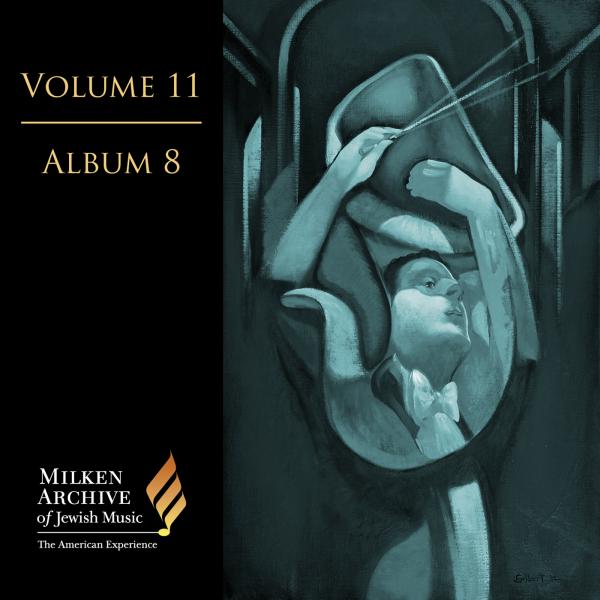Tracks
Liner Notes
Davidovsky has referred to Shulamit’s Dream, dedicated to the memory of his mother, Perla Bulanska Davidovsky, as a kind of “mini-opera.” Commissioned by the San Francisco Symphony, which premiered it with soprano Susan Narucki under the direction of Herbert Blomstedt, this work shows the composer reconnecting with another part of his musical heritage, his affinity with the lyrical modernist tradition of such composers as Berg and Dallapiccola. Scenes from Shir Hashirim, with its use of the ancient Hebrew language, spare textures and evocation of ancient music, now strikes Davidovsky as perhaps embodying a purer, more innocent vision of the poem. Shulamit’s Dream, on the other hand, with its luminous orchestral brilliance, greater harmonic opulence, and at times more languorous sensuality, projects a more knowing, if no less impassioned, approach. One need only compare the restrained, chaste beauty of the final movement of the earlier cantata with the setting of the very same text in movement two of Shulamit’s Dream. In the latter the anxiety of the lover (“I sought him, the one I love”) is made palpable in the nervous repetitions of the vocal line and the relentlessly agitated orchestral writing, in contradistinction to the understated grief of the former. The difference between the two settings is in many ways as great as that between treatments of the same words by a Renaissance composer and a late Romantic composer, and yet both belong unmistakably to Davidovsky. The radically abrupt, vividly dramatic changes of color, texture and dynamics are orchestral descendants of many similar gestures in his electronic pieces, but in a new expressive context. Even the lush, almost Wagnerian harmony in the first movement, just before “his hands like rods of gold set with beryl,” is handled in masterful Davidovskian fashion. Articulated first by the full string orchestra and horns, it is rudely interrupted by low piano, trombones and percussion, only to return abruptly, this time scored for a quartet of solo strings. In common with Scenes from Shir Hashirim, the entire work ends with the unaccompanied solo voice and the soprano’s final statement of the main motive of the piece concludes with the same E-flat (here spelled D-sharp) as did the earlier work.
Credits
Composer: Mario DavidovskyPerformers: Susan Narucki, Soprano; Riverside Symphony; George Rothman, Conductor
Additional Credits:Publisher: C.F. Peters Corp.
